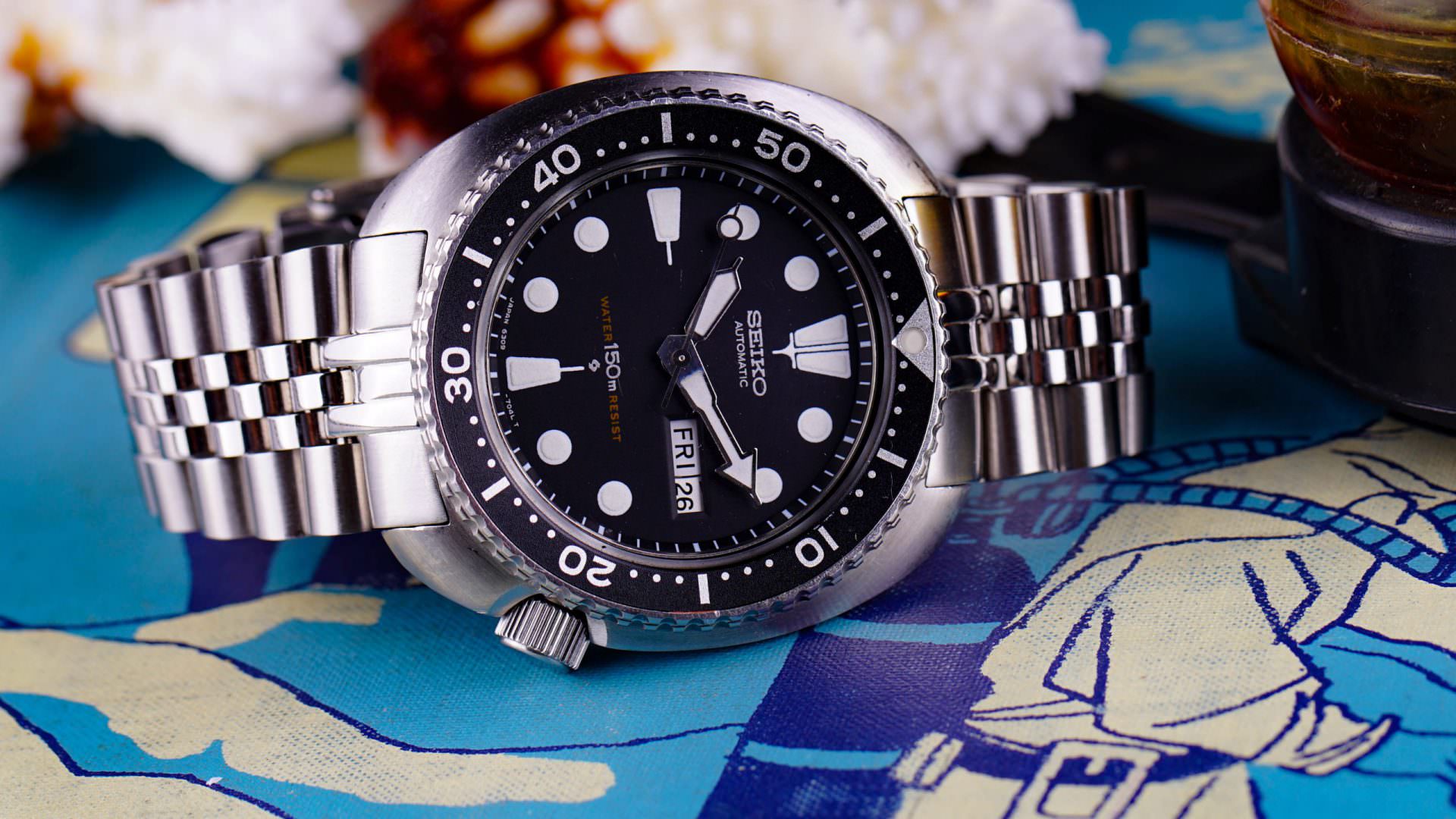Early Days: Foundations of Japanese Watchmaking
1881 – Kintarō Hattori & Seikosha
- Kintarō Hattori founded Seikosha (later Seiko) in Tokyo.
- Focused on producing clocks and, eventually, watches — laying the foundation for Japan’s watch industry.
1913 – First Japanese Wristwatch: Seiko Laurel
- Seikosha released the Laurel, Japan’s first domestically-produced wristwatch.
- Marked Japan’s entry into modern horology.
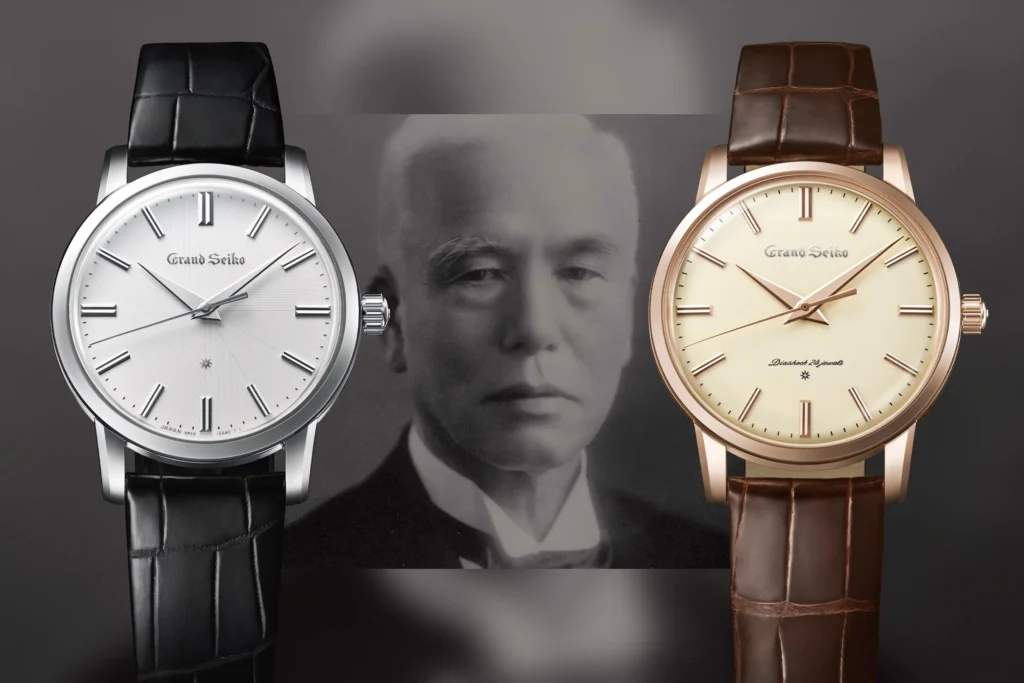
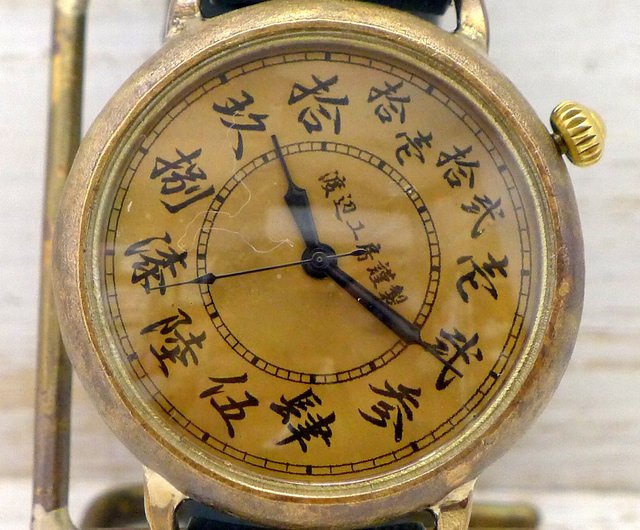
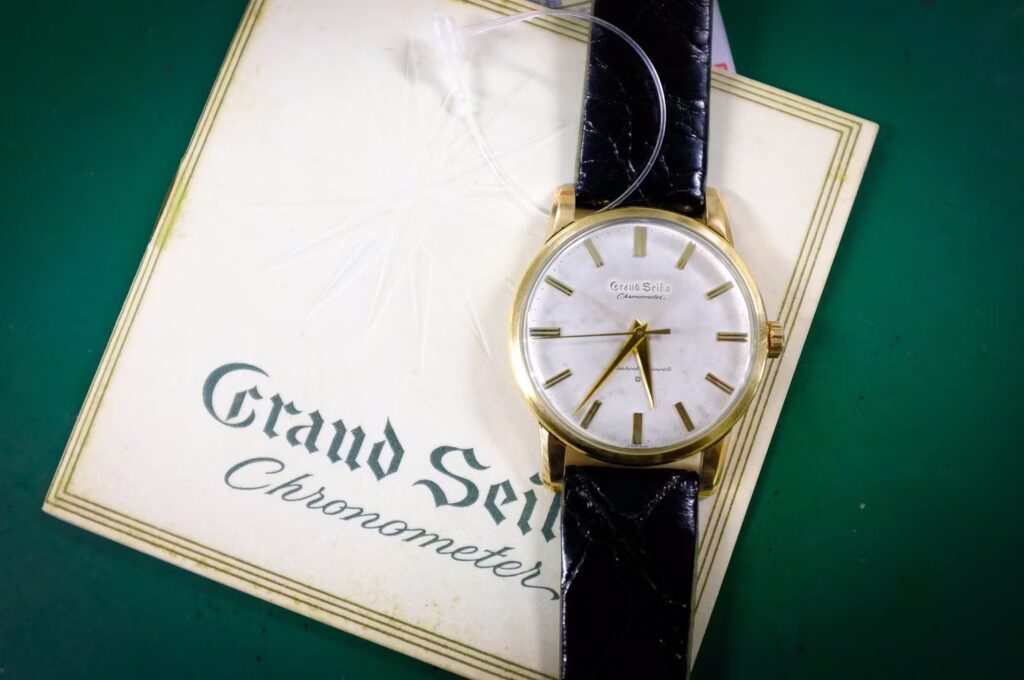
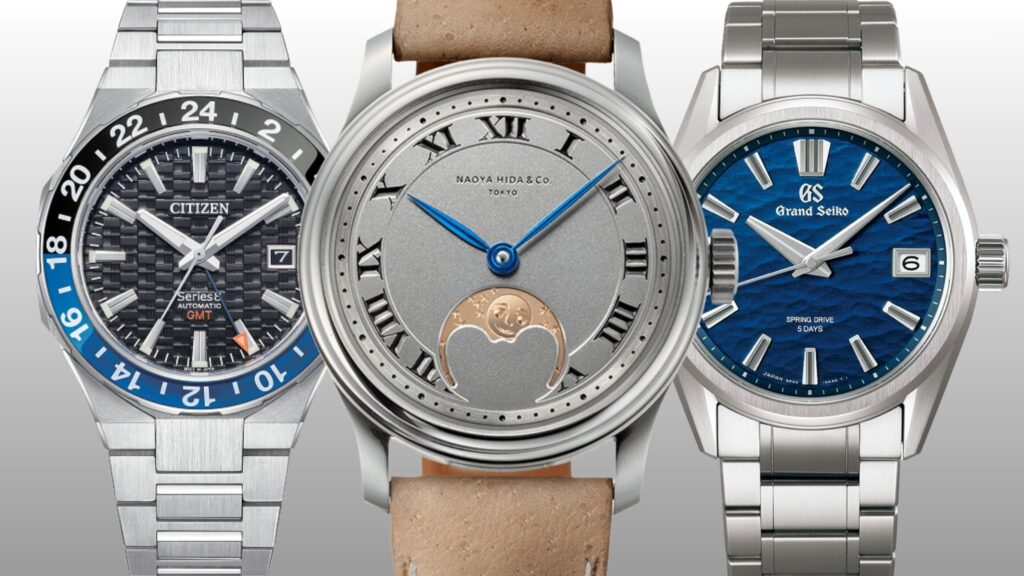
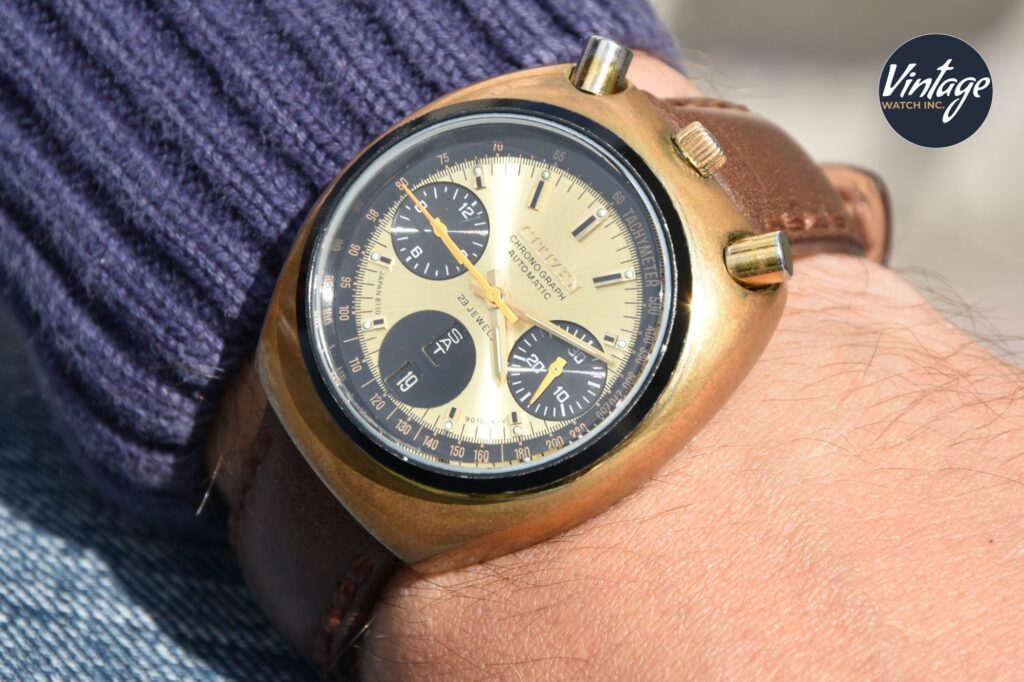
Post-War Era: Rise of Japanese Brands
After WWII, Japan’s economy and industrial sectors began to recover. Watchmakers like Seiko, Citizen, and Orient became key players.
Seiko
Famous for pioneering quartz technology (Astron, 1969).
Led the way in both mechanical and electronic innovations.
Citizen (founded 1930)
- Started as a pocket watch maker.
- Emphasized accessibility and later, eco-friendly tech.
- Introduced Eco-Drive in 1976 – solar-powered watches.
Orient (founded 1950)
Became known for affordable, high-quality automatic watches (e.g., Orient Bambino, Orient Star).
Focused on in-house mechanical watches.
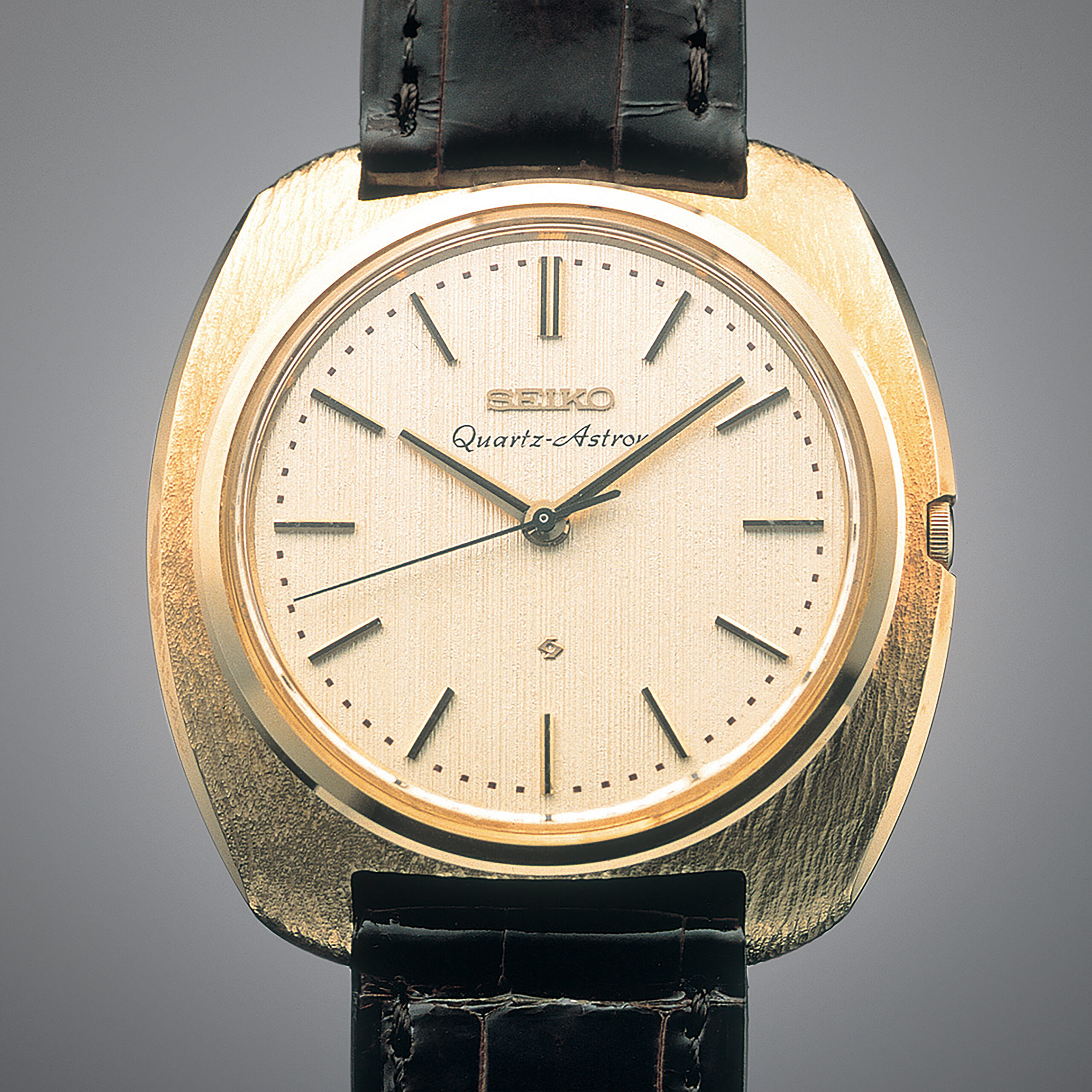
1969 – The Quartz Revolution
Seiko Astron (1969)
- The world’s first quartz wristwatch.
- It was accurate to within 5 seconds per month — a huge leap.
- This innovation led to the Quartz Crisis, shaking up Swiss watchmaking.
Impact:
- Made watches more affordable and accurate.
- Shifted global dominance from Swiss to Japanese brands.
Tech & Tool Watch Innovation (1970s–1980s)
These were highly innovative and functional, gaining favor with both civilians and professionals (e.g., Seiko dive watches used by military units).
Seiko and Citizen developed:
Dive watches with high depth ratings.
LCD and digital watches.
TV watches, calculators, and radio-controlled watches.
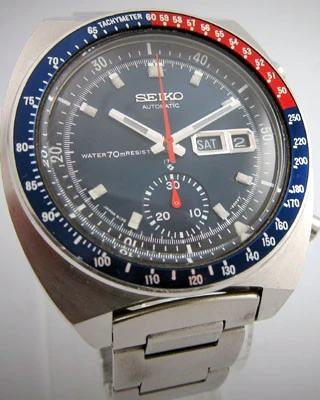
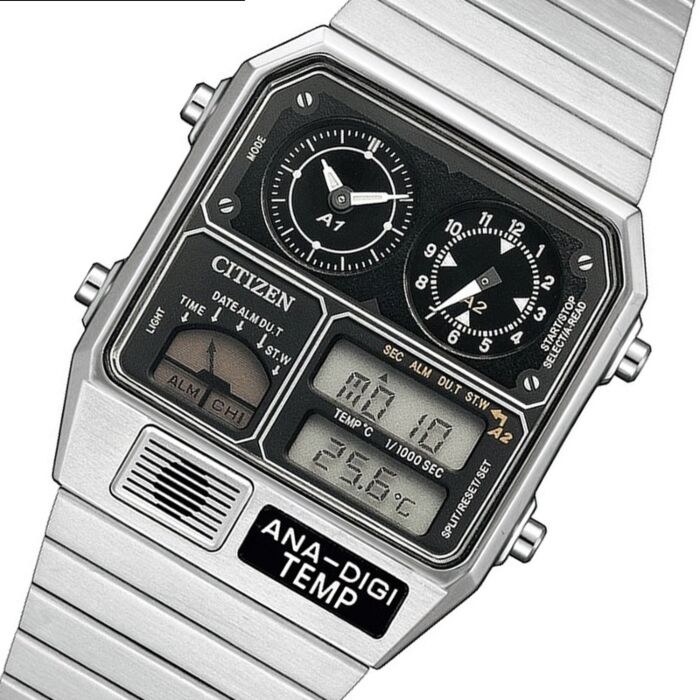
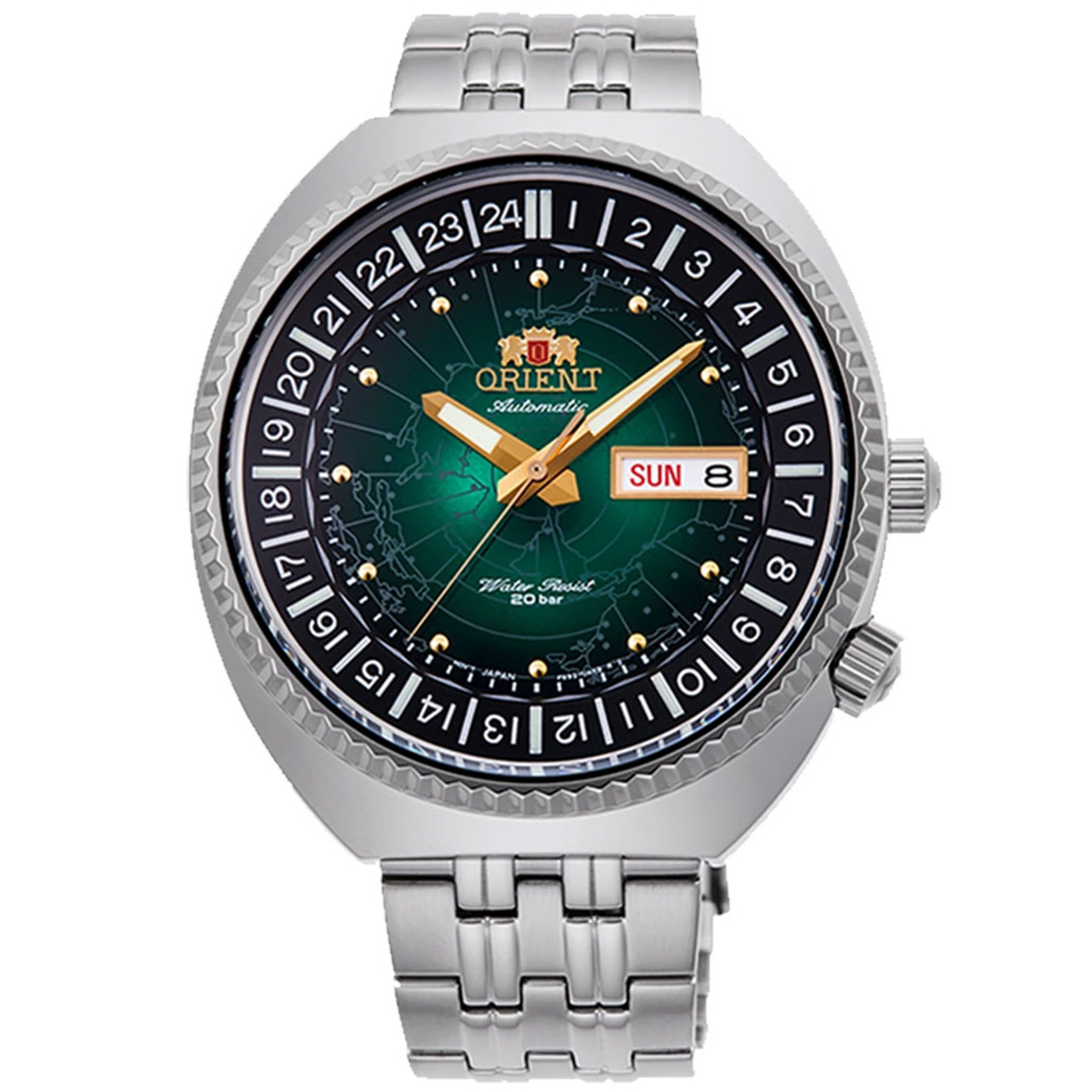
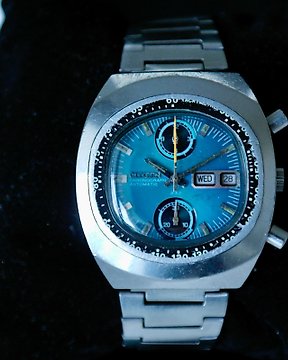
Modern Era (1990s–Today): From Budget to Luxury
Grand Seiko (Seiko’s luxury arm)
- Launched in 1960, became independent in 2017.
- Competes with Rolex, Omega, and high-end Swiss brands.
- Known for:
- Spring Drive tech.
- Zaratsu polishing.
- Incredible finishing and precision.
Citizen
- Focused on Eco-Drive, satellite timekeeping, and durability.
- Acquired Swiss brands like Bulova, expanding global influence.
Orient & Orient Star
- Still respected for mechanical value and in-house movements.
- Cult following for their affordable automatics and classic aesthetics.

Other Notable Japanese Watchmakers & Movements
Kuraray and Hajime Asaoka: Represent the rise of independent Japanese watchmaking with artisan-level craftsmanship.
Casio (founded 1946): Revolutionized digital timekeeping with the G-Shock (1983) — a durable icon.
Minase: Boutique, luxury Japanese brand with hand-crafted mechanical watches.
apanese watchmakers have:
- Democratized high-accuracy timekeeping.
- Challenged Swiss dominance through innovation, efficiency, and engineering excellence.
- Now lead both in accessible watches and luxury horology with Grand Seiko, Citizen’s high-end lines, and Casio’s G-Shock Masterpieces.
